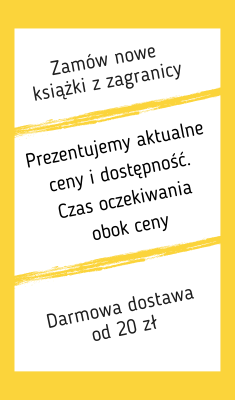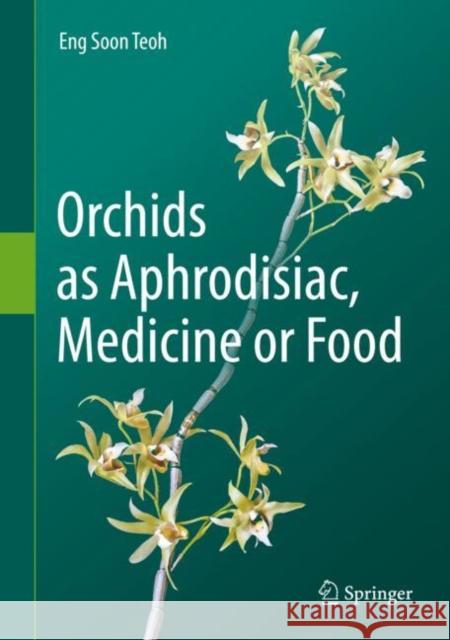Orchids as Aphrodisiac, Medicine or Food » książka
topmenu
Orchids as Aphrodisiac, Medicine or Food
ISBN-13: 9783030182540 / Angielski / Twarda / 2019 / 376 str.
Orchids as Aphrodisiac, Medicine or Food
ISBN-13: 9783030182540 / Angielski / Twarda / 2019 / 376 str.
cena 181,55
(netto: 172,90 VAT: 5%)
Najniższa cena z 30 dni: 173,46
(netto: 172,90 VAT: 5%)
Najniższa cena z 30 dni: 173,46
Termin realizacji zamówienia:
ok. 22 dni roboczych
Bez gwarancji dostawy przed świętami
ok. 22 dni roboczych
Bez gwarancji dostawy przed świętami
Darmowa dostawa!
Kategorie:
Kategorie BISAC:
Wydawca:
Springer
Język:
Angielski
ISBN-13:
9783030182540
Rok wydania:
2019
Wydanie:
2019
Ilość stron:
376
Waga:
1.08 kg
Wymiary:
25.91 x 37.08 x 2.29
Oprawa:
Twarda
Wolumenów:
01











